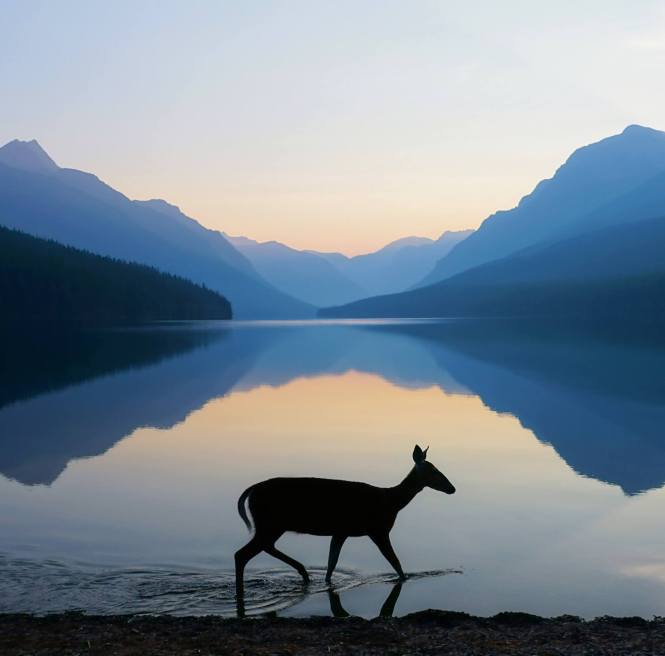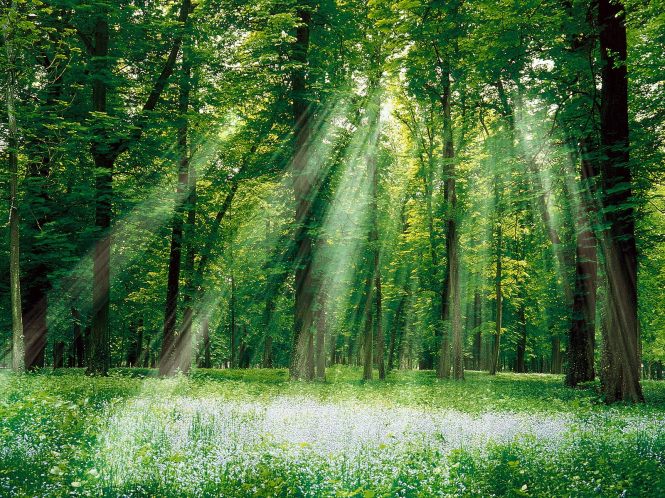When I was a child, I was a city girl. going to the out-of-doors, I considered that the country. But, my mom was from a rural area so, summers came and I was thrust into a farming area. At that time, I knew what a forest was, through reading. I was not amused.
It was a long time until I really learned about forests. A science supervisor invited me to learn in a school outdoor lab. Dr. Phoebe Knipling kept creating courses that increased my knowledge and soon, I was certified to teach environmental science.
We took birding courses, learned the seasonal wildflowers, studied the streams, and navigated the various trails on the property. It was fun!! Ok, it was hard fun, but being successful felt good! The children loved the lessons. Talk art. poetry, and drawing. We even did newsletters.
Some of my first field trips were difficult for me. The kids got so excited that they lost the pencil and papers, and clipboard and guidebooks. I had to think of a strategy.
We learned in small teacher groups in all seasons. We wrote lessons and tried out ways to know forests and the lab landscape. We learned to read the landscapes and to see what animals and plants were there.
We added. patterns in nature, the science of a rotting log, quadrat studies, stream studies.and a star party or, stories at night. * we spent several nights at the lab.
The 4 -H leader, and the Park service pointed out to us all of the various parks, different types.. and forested areas.There is all kinds of information on the National Park Service’s site.


“The forest is a complex ecosystem consisting mainly of trees that buffer the earth and support a myriad of life forms. The trees help create a special environment which, in turn, affects the kinds of animals and plants that can exist in the forest. Trees are an important component of the environment. They clean the air, cool it on hot days, conserve heat at night, and act as excellent sound absorbers.”
“Plants provide a protective canopy that lessens the impact of raindrops on the soil, thereby reducing soil erosion. The layer of leaves that fall around the tree prevents runoff and allows the water to percolate into the soil. Roots help to hold the soil in place. Dead plants decompose to form humus, organic matter that holds the water and provides nutrients to the soil. Plants provide habitat to different types of organisms. Birds build their nests on the branches of trees, animals and birds live in the hollows, insects and other organisms live in various parts of the plant. They produce large quantities of oxygen and take in carbon dioxide. Transpiration from the forests affects the relative humidity and precipitation in a place.”
The FAO (Food and Agriculture Organization) has defined forest as land with tree crown cover (or equivalent stocking level) of more than 10% and area of more than 0.5 hectare. The trees should be able to reach a minimum height of 5 m at maturity in situ. Forests are further subdivided into plantations and natural forests. Natural forests are forests composed mainly of indigenous trees not deliberately planted. Plantations are forest stands established by planting or seeding, or both, in the process of afforestation or reforestation.
Forests can develop wherever the average temperature is greater then 10 °C in the warmest month and rainfall exceeds 200 mm annually. In any area having conditions above this range there exists a variety of tree species grouped into a number of forest types that are determined by the specific conditions of the environment there, including the climate, soil, geology, and biotic activity. Forests can be broadly classified into types such as the taiga (consisting of pines, spruce, etc.), the mixed temperate forests (with both coniferous and deciduous trees), the temperate forests, the sub tropical forests, the tropical forests, and the equatorial rain forests..
Global Forest Initiative join us. Explore global forests, link global classrooms.

The Phoebe Hall Knipling Outdoor Lab is a 225-acre facility that provides science and outdoor education to the students of Arlington County Public Schools. In this natural classroom, urban youth — often for the first time — can run in a meadow, climb a mountain, hike beside a stream, or fish in a pond.

















